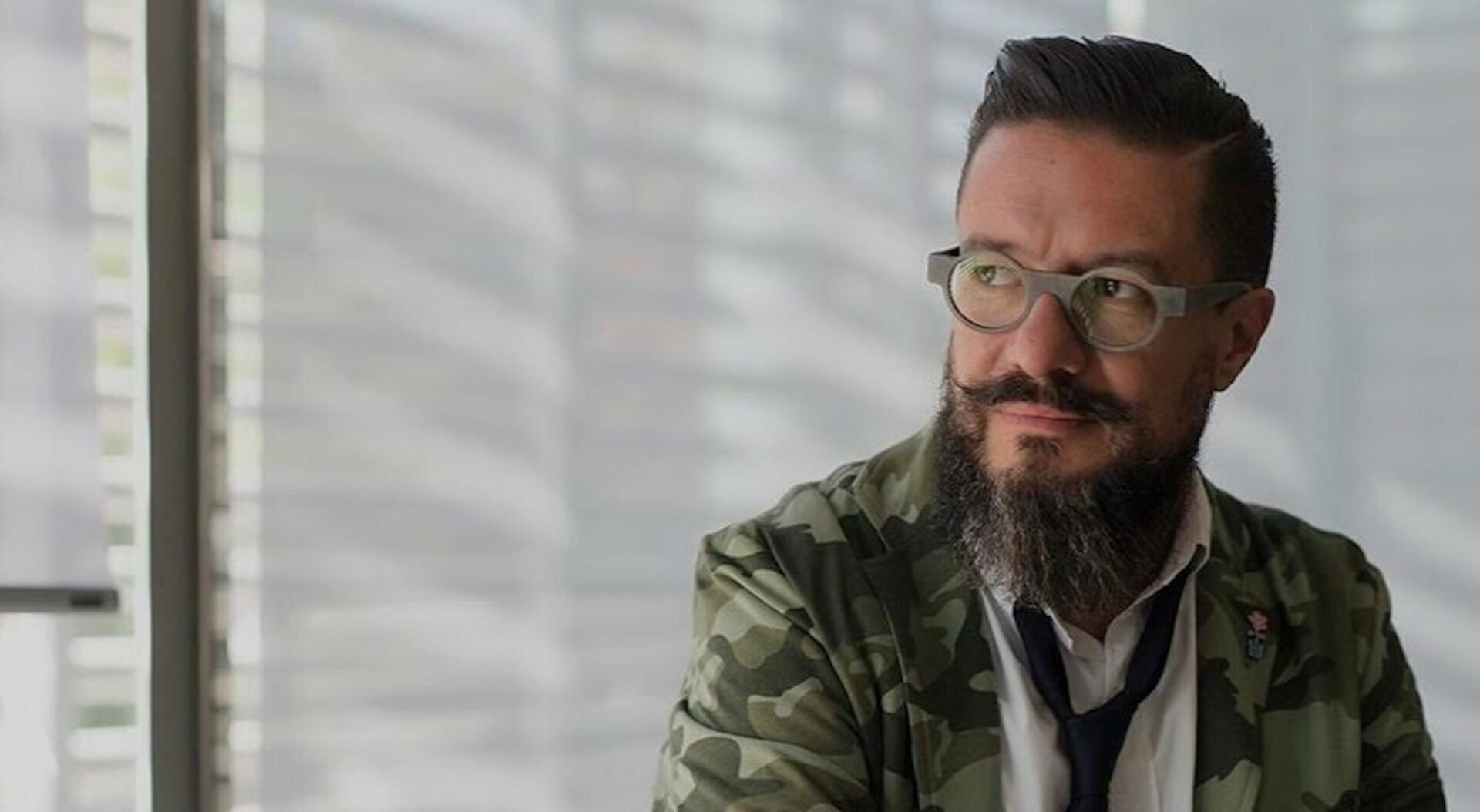Bringing together students, educators, and design industry professionals, IIDA Texas Oklahoma Chapter’s IIDA SHIFT, an annual student conference, is more than a networking event—it’s a multi-day professional enrichment experience. Set to educate, inspire, and connect the next generation of designers, through talks and roundtables, project and firm tours, portfolio reviews and mock interviews, SHIFT seeks to elevate the profession of interior design at-large.
This year’s keynote speaker, Mexican architect Juan Carlos Baumgartner, LEED AP, Mexican architect the founding partner and managing director of international architecture firm spAce. Originally based in Chicago, spAce has now a presence across the world—from Mexico City, to Spain, to the Netherlands, and Japan. Their portfolio of architecture and interior design projects range from corporate and retail, to education, including the Accenture offices in Monterrey, Benetton retail offices in Mexico City, and the Campari corporate offices in Guadalajara. Their philosophy: designing from the inside out. “No matter if it is a small space, a large building, campus, offices, shops or housing settlement, we know that to achieve a great solution we have to begin from the inside,” says Baumgartner, who has a passion for visual art and an interesting background in neuroscience as applied to architectural design—a combination that gives him a creative edge.
In conversation with SHIFT attendee, Felicity Dodds, Student IIDA and President of the IIDA Texas Tech Campus Center, Baumgartner, discusses his design vision, career mistakes that turned into life lessons, and the importance of a global perspective.

“Design is a magic crystal with which you can see the world as it could be, not as it is—that is where transformation begins and the future is shaped,” you have said. Can you talk about your vision and how it has evolved over the years?
At the beginning, I thought that my profession was about changing spaces. Today I think it is more about how we change people's lives.
You work at the intersections of art, design, architecture, and science. In what ways has your background prepared you and how does it inform your role within the design community?
From my perspective, architecture should be human. Putting the user front and center has helped me better understand humans and their behavior.
What are some of the greatest challenges facing today’s design world?
I think there are many. On the one hand, there is global warming and the impact that architecture has on the environment. And on the other hand, after the pandemic, I think we will face the challenge of reinventing many things, including public space, and questioning the new role of that space.
Where do you look for inspiration?
Everywhere.
SPACE was originally based in Chicago but has now expanded with offices in Mexico City, Guadalajara and Monterrey, India, Japan and partner offices in Spain, Brazil, and the Netherlands, among other countries. In what ways has this global perspective allowed you to better serve the design industry and the world at-large?
Traveling and having the opportunity to learn about different cultures makes me a better designer.


As LEED (Leadership in Energy and Environmental Design) AP you are focused on promoting sustainable design and highlighting the importance of environmental responsibility and its relationship to design and architecture. Why is now the right time to have this conversation?
I don’t think it’s the right time—I think we're already late. Architecture in general has cared little for respect for the environment and on many occasions the damage is almost irreversible.
What are you hoping the students will take away out of the SHIFT conference experience?
SHIFT has many positive things—from an approach to the professional world in very specific things, to inspiration from those of us who have spent a little more time in the design industry. I think it's a great experience.
Where do you see design in the next 10 years?
I think that little by little the industry will recognize the impact on the well-being and mental and physical health of built environments. And I am sure that this idea of the intersection between disciplines will be normalized.
What is one piece of advice you would give to a recent design graduate fresh out of college?
Be patient—this profession is more like a marathon than a speed race.
What career mistake has given you the biggest lesson?
Not doing a lessons learned process when projects don't go as expected. This process can help you identify what you should do differently and thus avoid repeating mistakes.
